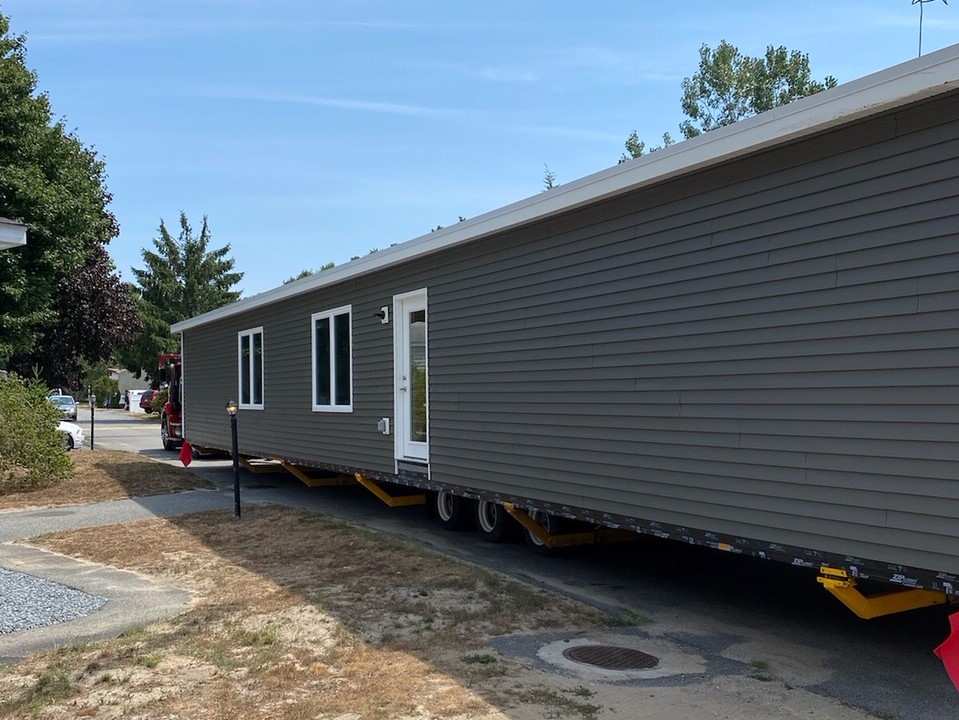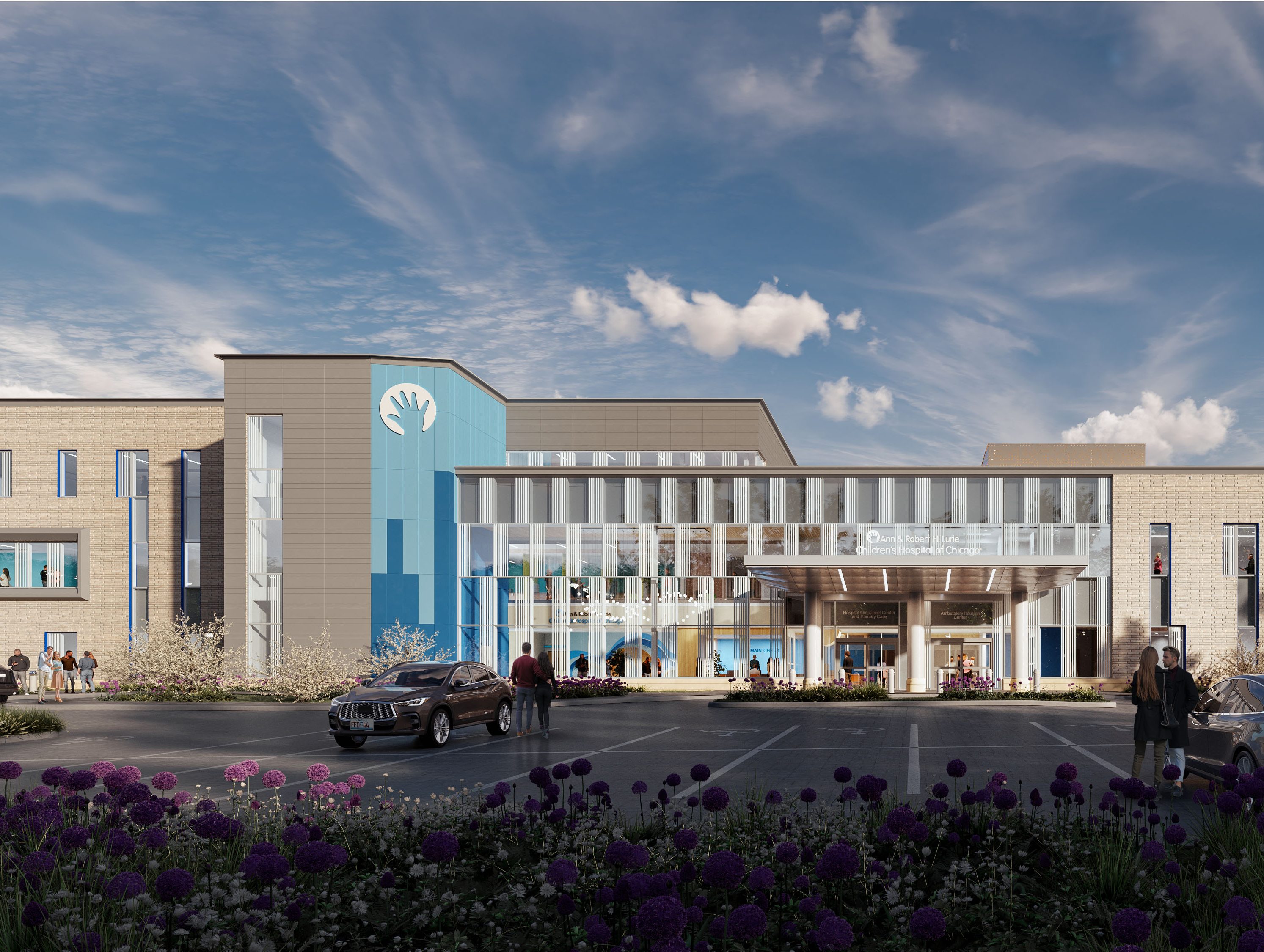Enhancing Energy Efficiency Through Zero Energy Modular Homes
The Zero Energy Modular home enhances the popularity of manufactured housing.
Manufactured housing has been around for decades. Throughout the years, this affordable type of housing has undergone modifications that steadily improved the comfort of its inhabitants.
The construction of a manufactured home was already more eco-friendly than site-built housing as these use fewer materials without compromising the home’s safety or structure. More so, because this type of property is built in a factory and assembled on-site, the environmental impact on transportation is smaller than the impact of moving raw materials to the site to construct a home.
Keeping up with the times, when everyone’s focus shifts toward sustainability and energy efficiency, a new step has been made, one that betters both the comfort and well-being of the homeowners, as well as the operating costs and the environmental impacts of the property. The Zero Energy Modular (ZEM) home takes manufactured housing a step further. This novel type of residence, in addition to offering a more affordable housing alternative and responding to climate change challenges, also serves as an attempt to attenuate some bias associated with manufactured housing communities.
These factory-built modular homes are becoming more popular through a series of features and amenities that add to the property’s comfort, affordability, energy efficiency and health of its occupants, and are designed to generate as much energy as they use annually through efficient construction and solar photovoltaics.
READ ALSO: Manufactured Housing Stays Strong in Tough Times
This green initiative is endorsed by Massachusetts’ Department of Energy Resources (DOER), which awarded a grant to Vermont Energy Investment Corp. (VEIC). The company, in partnership with DOER, the Cooperative Development Institute, E4TheFuture, PV Squared and the Massachusetts Barr Foundation, will install 10 homes across the state on privately-owned land and in resident-owned manufacturing communities. ZEM homebuyers will receive grant funding from the program to help buy down the first cost of the home.
The first of these 10 units opened this summer for residents in Carver, Mass., at the Pine Tree Village Cooperative—a resident-owned community with nearly 200 lots that transitioned to cooperative ownership in 2012—and was built by Vermont-based Vermod. It was exactly the strong board and active community that made Pine Tree Village Cooperative a suitable place for a ZEM home, said Justine Sears, project manager and consultant with VEIC.
ZEM Homes are zen homes
“ZEMs are a new housing type,” she explains, “and while they look similar to traditional manufactured housing, there are some differences and our program needs to find communities open to something new. For one thing, ZEMs are modular homes, and although they are built in a factory, they are not a traditional manufactured home. They are sited on a permanent foundation and qualify for a standard thirty-year mortgage.” ZEMs are also equipped with rooftop solar. PV Squared of New England will install a solar array in the coming months.
“For years, we had a reputation for being somewhat of a rough place. We worked hard to fix that and now we are an up-and-coming place with people clamoring to live here. This Vermod home is exactly what we need to showcase our progress and our commitment to exciting, affordable housing,” said Jeanne Seaton, resident-owner and acting president of the Pine Tree Village board of directors.
READ ALSO: What Are the Top 5 Manufactured Housing Investment Myths?
Two other ZEM homes have been installed in the Northampton area and the remaining seven are anticipated to be installed over the next two years. Pine Tree Village Cooperative’s board members and residents will be trained as ambassadors for the project. They will showcase the product to other resident-owned cooperatives in the state, aiming to spur similar projects for the energy and long-term cost-saving benefit of other communities throughout the region. Locations for these homes are yet to be determined. Due to COVID-19 restrictions and health concerns, the unit will be marketed through a virtual video tour.
“It really does take a community to build a community. For too long manufactured housing communities have suffered from bias. We are committed to changing that. Our communities are democratically controlled, as a community we are looking to the future as we welcome new housing that can help eliminate our carbon footprint,” weighs in Colleen Preston, Cooperative Development Specialist with CDI and part of the team working on the project.
An industry on the mend
Although gaining traction, the manufactured housing industry is not without challenges. In June, President Trump issued an Executive Order entitled “Establishing a White House Council on Eliminating Regulatory Barriers to Affordable Housing.” Two of the stated goals of the Council are to, “work across agencies, states, local governments, tribal governments and private-sector stakeholders to identify policies that artificially increase the cost of developing affordable housing,” and, “take action within existing Federal programs to align and support local and tribal-state efforts to reduce regulatory and administrative burdens that discourage housing development.”
READ ALSO: Manufactured Housing Sparks Investor Interest
By making it more difficult to challenge regulatory barriers to affordable housing, the proposed rule could have the opposite result, believe representatives from the Texas Manufactured Housing Association in a letter they sent in response to the U.S. Department of Housing and Urban Development’s proposed rule to amend the interpretation of the Fair Housing Act’s disparate impact standards. In the long run, they added, the ability to produce and increase housing supply is not limited by materials, labor, facilities or capital, but are dictated by external restrictions that relegate manufactured housing out of many urban and rural markets or isolate them in areas that are not as desirable.








You must be logged in to post a comment.